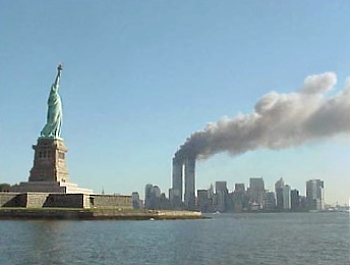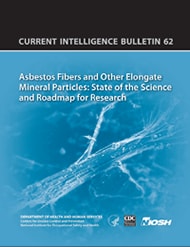
The Colorado Court of Appeals issued a decision today involving a dispute between two insurers. The claimant was injured and in the case there were two employers. The direct employer had Pinnacol Assurance and the statutory employer had First Comp as its workers comp insurer. Pinnacol alleged it had cancelled the policy so the direct employer had no coverage leaving the statutory employer and its insurer to be responsible in the case. There was evidence presented and the hearing judge ruled that First Comp was the insurer in this case. First Comp, appealed and the Court concluded it had no standing to appeal the cancellation determination. In effect the cancellation statute was between the direct employer and Pinnacol and the injured worker but not with First Comp. It sounds to me a bit like the legal concept of privity. Even though First Comp takes a direct hit when the direct insurer is able to walk away because it cancelled the policy the lack of a close statutory relationship or benefit then prevents First Comp from appealing the issue. It lacks standing said the court so First Comp's appeal was dismissed. Certainly here the legal concept of standing to appeal was raised to prevent issues remote from the claimant from interfering with the compensation process. Perhaps an insurer would not pay benefits pending an appeal which can take over a year to the harm of the claimant or his dependents (in this case the injured worker had died). Imagine waiting for benefits while two insurers battled it out!
























